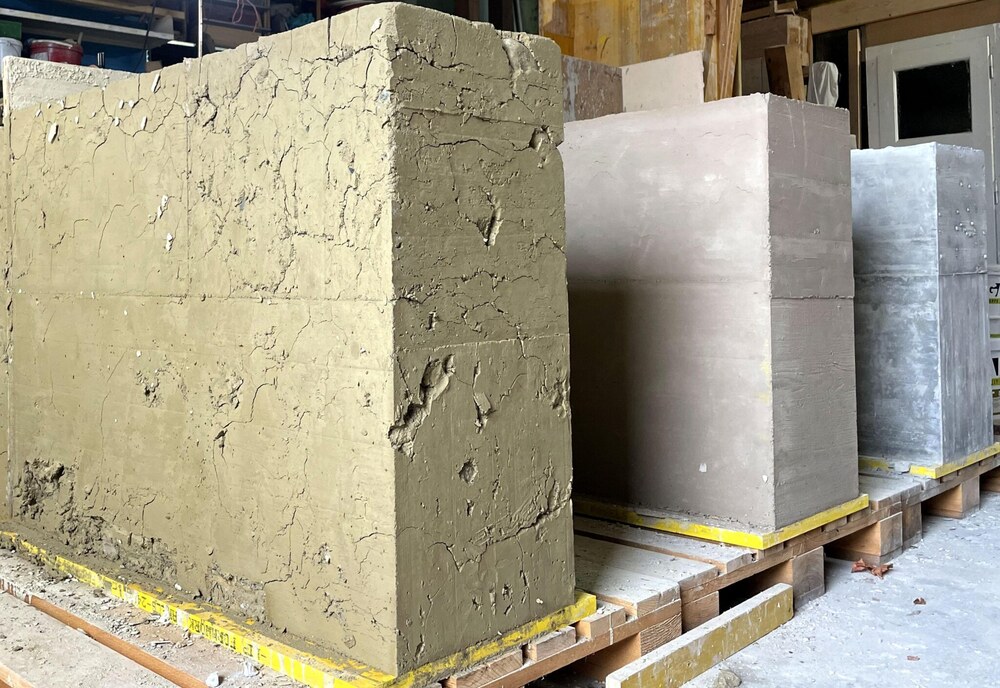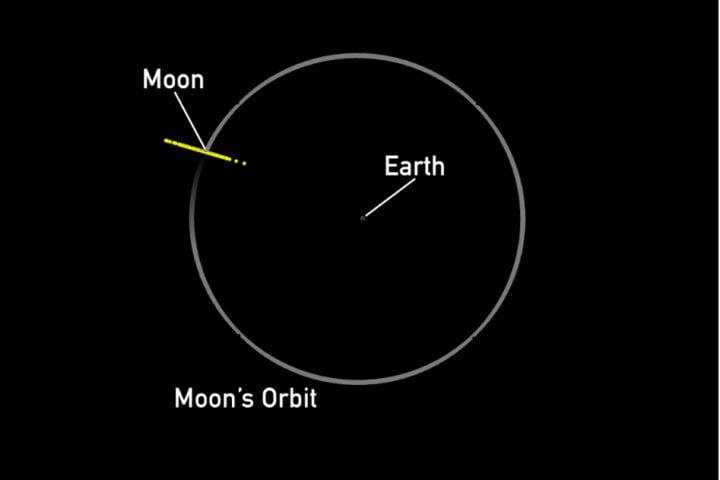NASA’s Mars Odyssey orbiter, a testament to human curiosity and technological prowess, has recently accomplished a remarkable feat. Utilizing its THEMIS camera, the orbiter has captured an unprecedented view of Mars’ horizon, a sight parallel to the vistas astronauts admire from the International Space Station around Earth. This extraordinary view, about 250 miles above the Martian surface, unveils the dynamic and diverse atmosphere of our neighboring planet.
The Thermal Emission Imaging System (THEMIS), an advanced infrared camera aboard the Odyssey, played a pivotal role in this achievement. Beyond its usual downward gaze, THEMIS, for the first time, provided a lateral view of the Martian atmosphere. Engineers at NASA’s Jet Propulsion Laboratory and Lockheed Martin Space dedicated three months to meticulously plan this operation, a testament to their dedication and expertise.
Similiar posts
The Odyssey orbiter’s images reveal more than just the barren landscapes often associated with Mars. They showcase layers of water-ice clouds and dust, beautifully illustrating the complexity of the Martian atmosphere. These images aren’t just visually stunning; they’re scientifically valuable, offering new insights that could enhance our understanding of atmospheric processes on Mars.
In a compelling twist, the Odyssey mission also turned its attention to Phobos, one of Mars’ small moons. The imagery captured offers a fresh perspective on Phobos, potentially aiding in resolving debates about its origin – whether it’s a captured asteroid or a fragment of Mars itself. This knowledge is crucial, especially considering NASA’s collaboration with JAXA on the Mars Moon eXplorer (MMX) mission, which aims to return samples from Phobos and its sister moon, Deimos.
The success of this mission paves the way for future observations. The Odyssey team aspires to capture the Martian atmosphere across various seasons, enriching our understanding of this alien world. These efforts, blending technological innovation with scientific curiosity, underscore humanity’s relentless pursuit of knowledge about our universe.

















